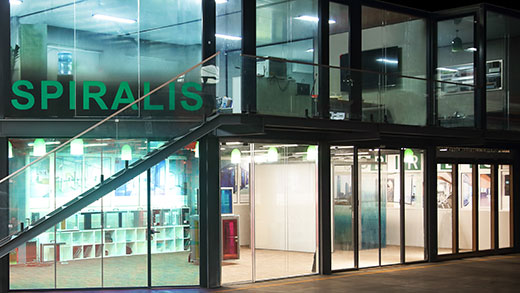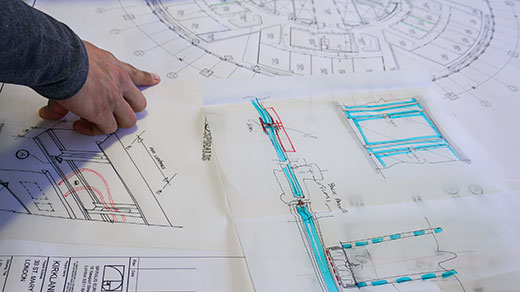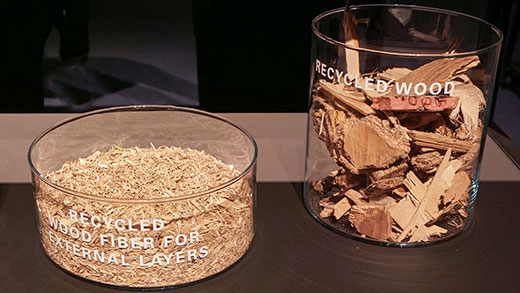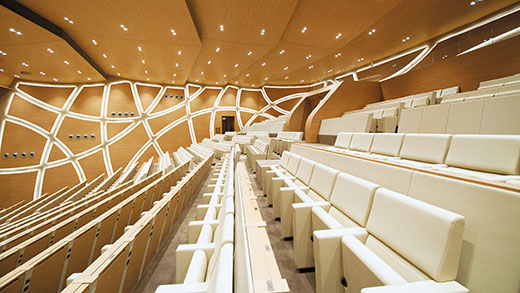At Spiralis, we bring over 30 years of experience in commercial interior fit-outs, delivering practical and innovative solutions. From the Lloyd’s of London to global landmarks like Apple HQ, we combine advanced techniques with a focus on sustainability to transform workplaces. With a client-focused approach and global capabilities, we create bespoke environments that reflect business needs, supporting flexibility, efficiency, and future-ready design.

Who we are
We are Spiralis, a London-based specialist in commercial interior fit-out with over 30 years of experience. Read all

What we do
At Spiralis, we offer comprehensive commercial interior fit-out services, from initial design consultation to final handover and ongoing support. Read all

Sustainability
At Spiralis, sustainability is part of everything we do, from choosing materials to managing our sites. Read all

Our partners
Over the past three decades, we’ve built strong relationships with trusted partners who bring exceptional knowledge and craftsmanship to our projects. Read all